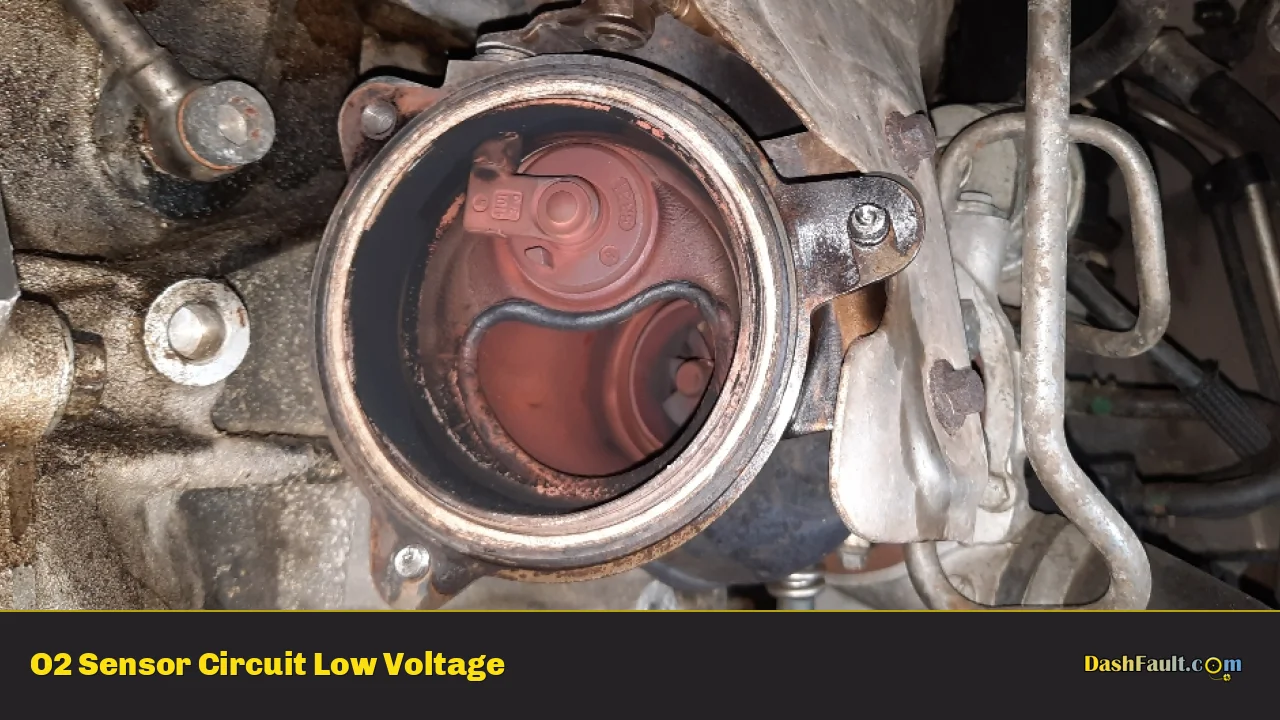Diagnosing and fixing o2 sensor circuit low voltage issues can be a daunting task. But with the help of this comprehensive guide, you can easily resolve this common problem and save yourself from costly repairs. Get detailed instructions, tools, and tips from experienced mechanics to get your vehicle running smoothly.
Diagnosing and Fixing O2 Sensor Circuit Low Voltage Issues
Are you having trouble diagnosing and fixing issues with your O2 sensor circuit low voltage? Don’t worry; you’re not alone! This common problem can be a tricky one to solve, but with the right guidance, you can get your vehicle running smoothly again. In this guide, you’ll get expert advice and detailed instructions for diagnosing and fixing O2 sensor circuit low voltage problems. We’ll also provide helpful tools, tips, and tricks from experienced mechanics to make the process easier. With this comprehensive guide, you can confidently take on any O2 sensor circuit low voltage challenges that come your way.
| Step | Description |
|---|---|
| 1 | Diagnose the problem: Identify the source of the O2 sensor circuit low voltage issue |
| 2 | Check for damaged or corroded wires and connectors |
| 3 | Test the O2 sensor circuit voltage level |
| 4 | Replace any faulty components |
| 5 | Check the O2 sensor circuit voltage level again |
What is an O2 Sensor Circuit Low Voltage?
An O2 Sensor Circuit Low Voltage is a diagnostic trouble code (DTC) that indicates a problem with the oxygen sensor circuit. This code is usually triggered when the voltage reading from the oxygen sensor is lower than what is expected. An O2 Sensor Circuit Low Voltage can cause the vehicle to run rough, experience reduced power, and have a poor fuel economy.
What Causes an O2 Sensor Circuit Low Voltage?
An O2 Sensor Circuit Low Voltage can be caused by several factors, such as a faulty oxygen sensor, a faulty wiring harness, or a vacuum leak. It can also be caused by an intake air leak, a damaged or degraded fuel injector, or a blocked exhaust system. In some cases, the issue can be due to a faulty catalytic converter, a faulty PCV valve, or a faulty mass airflow sensor.
How to Diagnose an O2 Sensor Circuit Low Voltage?
In order to diagnose an O2 Sensor Circuit Low Voltage, it is important to first check the oxygen sensor for any signs of damage or contamination. If the sensor is damaged or contaminated, it should be replaced. The next step is to check the wiring harness for any signs of damage or corrosion. If the wiring harness is damaged, it should be replaced. Finally, the vacuum and intake system should be inspected for any leaks, blockages, or damages.
Tools and Tips for Repairing an O2 Sensor Circuit Low Voltage
The following tools and tips can be used to repair an O2 Sensor Circuit Low Voltage:
- A multimeter can be used to measure the voltage output of the oxygen sensor.
- A vacuum tester can be used to check for any vacuum leaks.
- It is important to thoroughly inspect the wiring harness for any signs of damage or corrosion.
- It is recommended to replace the oxygen sensor if it is damaged or contaminated.
- It is also important to check and replace the fuel injectors if they are damaged or degraded.
- A pressure tester can be used to check for any blockages in the exhaust system.
- It is important to check and replace the catalytic converter if it is faulty.
- It is also recommended to replace the PCV valve if it is faulty.
- Finally, it is important to inspect and replace the mass airflow sensor if it is faulty.
By following these tools and tips, you can easily fix an O2 Sensor Circuit Low Voltage issue and get your vehicle running smoothly. With the help of experienced mechanics and this comprehensive guide, you can save yourself from costly repairs and keep your vehicle in peak condition.
Troubleshooting an O2 Sensor Circuit Low Voltage: A Guide for Beginners
An O2 Sensor Circuit Low Voltage can be a daunting problem to diagnose and repair, but with the right tools and knowledge, it is a repair that is within reach of any novice mechanic. With this guide, you can easily diagnose and repair an O2 Sensor Circuit Low Voltage issue. From checking and replacing the oxygen sensor, to inspecting the wiring harness and checking the vacuum and intake systems, this guide provides the tips and advice you need to get your vehicle running smoothly. So take the time to familiarize yourself with the process and save yourself from costly repairs. With the help of experienced mechanics and this comprehensive guide, you can keep your vehicle in peak condition.
https://www.youtube.com/watch?v=CCIYQ2q5iBU
